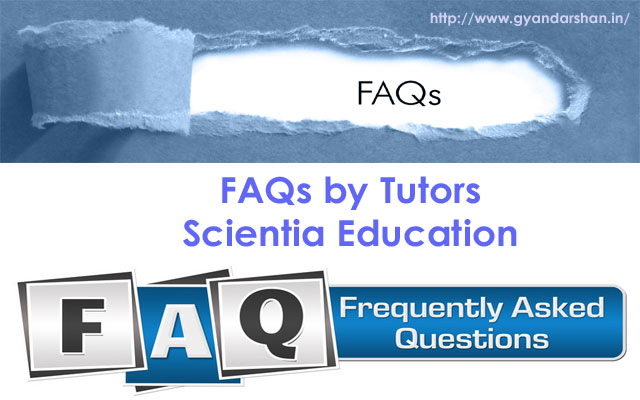MCQs on Overlapping and Bonds
MCQs on Overlapping and Bonds
- Which of the following at ordinary temperature and pressure exists as a linear polymer due to extensive hydrogen bonding?
- H2O
- HCl
- HF
- NH3
Answer: (c)
- The shape of SF3Cl3 molecule is
- triangle bi-pyramidal
- cubic
- octahedral
- tetrahedral
Answer: (c)
- The structure of CH2=C=H2 is
- linear
- planar
- non-planar
- has several reasoning structure
Answer: (a)
- Which is the correct arrangement of the molecules based on dipole moments?
- BF3 > NF3 > NH3
- NF3 > BF3 > NH3
- NH3 > BH3 > NF3
- NH3 > NF3 > BF3
Answer: (d)
- When two ice cubes are pressed over each other, they unite to form one cube. Which of the following forces is responsible to hold them together?
- Ionic interaction
- covalent attraction
- van der waals forces
- hydrogen bond formation
Answer: (d)
- Which of the following is diamagnetic?
- Superoxide ion
- carbon molecule
- unipositive ion of nitrogen molecule
- oxygen molecule
Answer: (b)
- A molecule of fluorine is formed by
- the axial p-p orbital overlap
- the sidewise p-p orbital overlap
- the axial s-s orbital overlap
- the axial s-p orbital overlap
Answer: (d)
- Which one of the following molecules has the smallest bonds?
- NH3
- PH3
- H2O
- H2Se
Answer: (d)
- Polarity in a molecule and hence the dipole moment depends primarily on electronegativity to the constituent atoms and shape of a molecule. Which of the following has the highest dipole moment?
- CO2
- HI
- H2O
- SO2
Answer: (c)
- The electron configuration of the outermost shell of the most electronegative element is
- 2s22p2
- 3s23p5
- 4s24p5
- 5s25p5
Answer: (a)



